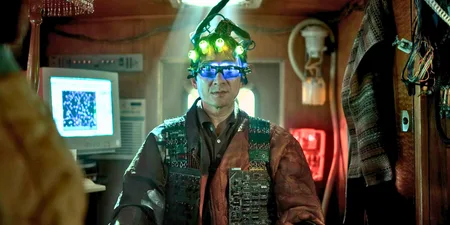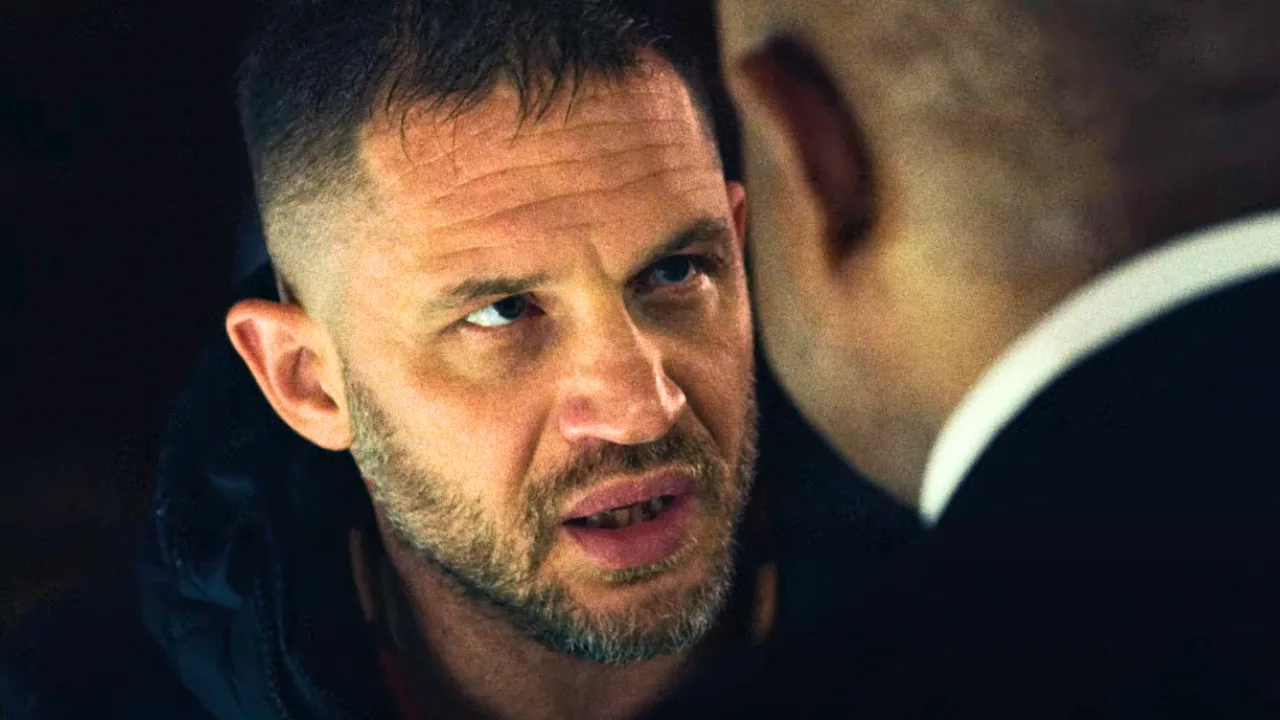*Spoilers follow for Avengers: Endgame, FYI*
After 11 years, 23 movies, several TV shows and the GDP of a mid-sized nation in box office revenue, the Marvel Cinematic Universe is essentially now part of the cultural furniture.
The sprawling, ultra-dense continuity that was previously just the domain of comics nerds is now understood by the general public. Despite needing to have seen about ten movies beforehand to understand the next one (or at least watched a load of YouTube explainer videos), this barrier to entry doesn’t seem to have put audiences off so far. Avengers: Endgame opened on a cliffhanger and made absolutely no effort to get the uninitiated up to speed, but that didn’t stop audiences flocking to see it.
But now we have Spider-Man: Far From Home, the first entry since the cataclysmic events of Endgame, and it sadly feels like the first MCU movie to suffer from being part of a shared universe, as opposed to being enriched by it.
Endgame concluded with half the universe’s population returning after having disappeared for five years – while the rest remained, continued to age, and moved on with their lives. This is certainly a storytelling set-up full of rich dramatic and thematic potential (see HBO’s The Leftovers for example). But it does not gel with a breezy fun teen superhero romp.
Spider-Man: Far From Home is essentially Eurotrip with superheroes – and the three-quarters of the movie that do that are tremendous fun. But it is dragged down with the incredible weight of dealing with the Endgame fallout.
It handles the impact of Tony Stark’s death fine, as that is all tied into Peter Parker’s personal arc. But The Snap – now cleverly referred to as The Blip – is a whole other story.
The wrecked lives, the collapse of infrastructure and the scores of death caused by planes dropping out of the sky during The Snap are all glossed over. Conveniently, all of your favourite characters from the previous movie were Snapped, meaning they don’t have to deal with any of the fractured relationships or angst (plus, Spider-Man: Homecoming was also lowkey one of the best teen movies of the last few years, and we’d be stupid to lose Ned, Flash, MJ and the rest). Far From Home is easily at its best when it forgets all that ever happened, and just tells a good Spider-Man story. But that nagging darkness never quite goes away.
“This game is really, really hard”
Think you are a Marvel expert?
Spider-Man: Far From Home stars @TomHolland1996, @Zendaya and Jacob Batalon play ‘Guess The Marvel Character’ pic.twitter.com/DFMlKhlS73
— JOE (@JOE_co_uk) June 26, 2019
Ultimately, The Snap/Blip fundamentally breaks what works about superheroes. While there are exceptions, the basic appeal of the genre comes from starting with a world we recognise as our own and then interjecting an all-powerful alien from Krypton or a spider-powered kid into it. Far From Home destroys that by not starting with a version of ‘Our World’, but instead A World Where Half The Population Disappeared And Came Back Five Years Later But Didn’t Age’.
Spidey has always been the most relatable of superheroes, and as enjoyable as Far From Home is, the new status quo seriously impacts his relatability. And it feels like an increasingly limited sandbox to introduce future characters into.
American superhero comics became an increasingly niche entertainment product partially because of their insanely convoluted continuities and endless retcons, which drove away audiences and created a ridiculously dense barrier for entry. The Marvel Cinematic Universe proved that people still liked costumed heroes, they just needed an accessible way to consume them. The concept of a massive shared universe always threatened the same problem.
With the end of Endgame and the status quo shown in Spider-Man: Far From Home, it looks highly possible that that point might be just around the corner.










































